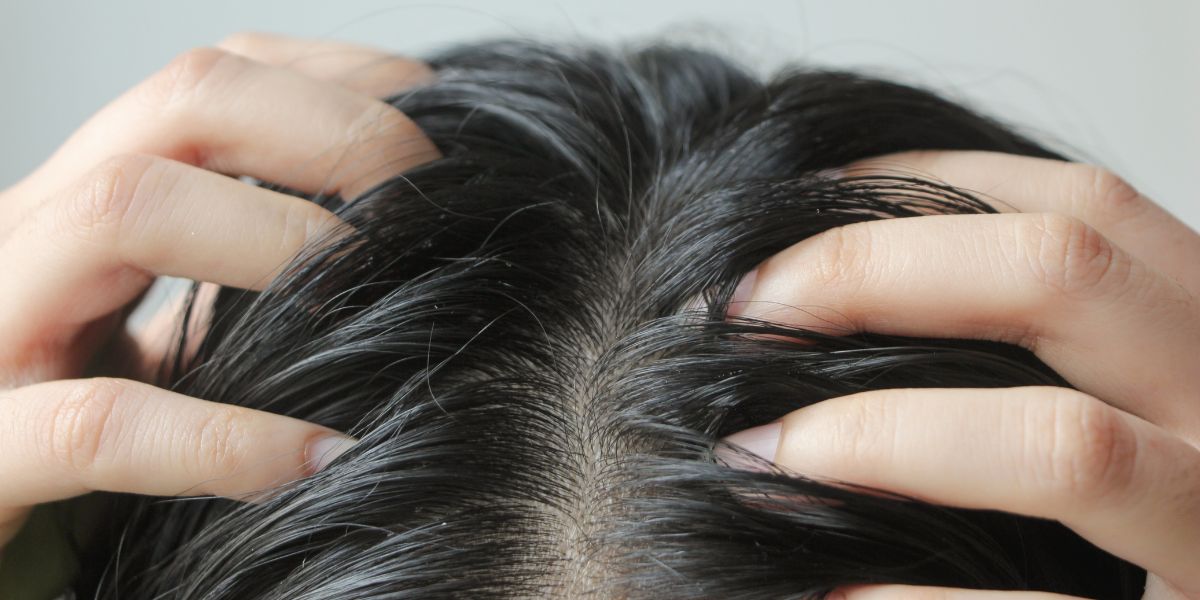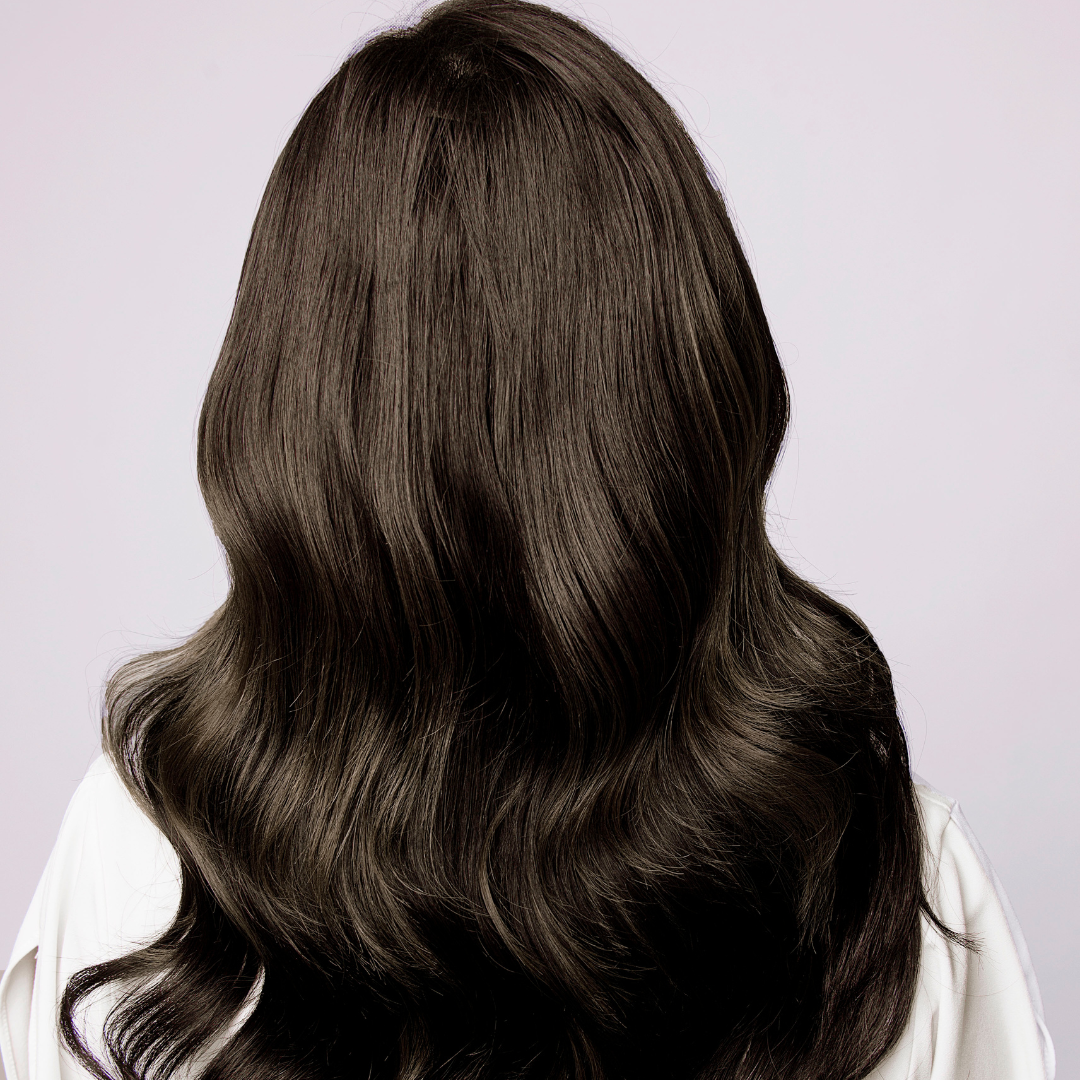Hair breakage is a common problem, and it can be caused by a variety of factors, such as heat styling, chemical treatments, environmental factors, and genetics. Identifying hair breakage early on is important to prevent further damage and ensure that your hair stays healthy and strong. In this blog post, we will discuss the signs and symptoms of hair breakage and how to identify if your hair is breaking.
Signs and Symptoms of Hair Breakage
Split Ends
One of the most common signs of hair breakage is split ends. Split ends occur when the hair shaft splits at the end, resulting in frayed and damaged hair. Split ends can be caused by a variety of factors, such as heat styling, chemical treatments, and environmental factors such as pollution and sun damage. If left untreated, split ends can travel up the hair shaft, causing more damage and leading to further breakage.
Hair Thinning
Another sign of hair breakage is hair thinning. Thinning hair occurs when the hair shaft becomes weak and fragile, resulting in hair loss. Hair thinning can be caused by a number of factors, such as genetics, hormonal changes, and nutritional deficiencies. If you notice that your hair is thinning, it is important to consult a doctor to determine the underlying cause and start appropriate treatment
Brittle Hair
Brittle hair is another sign of hair breakage. Brittle hair is dry, lacks elasticity, and breaks easily. It can be caused by a number of factors, such as overuse of hair styling products, harsh chemicals, and environmental factors such as cold weather and low humidity. Brittle hair is often accompanied by split ends and hair breakage.
Hair Tangles
Tangled hair is another sign of hair breakage. Tangled hair occurs when the hair becomes knotted and twisted, making it difficult to comb or brush. Tangled hair can be caused by a number of factors, such as overuse of hair styling products, harsh chemicals, and environmental factors such as wind and humidity. Tangled hair can lead to hair breakage if not treated properly.
Shedding
Shedding is a natural process that occurs when hair falls out and is replaced by new hair. However, excessive shedding can be a sign of hair breakage. Excessive shedding can be caused by a number of factors, such as hormonal changes, nutritional deficiencies, and stress. If you notice that you are shedding more hair than usual, it is important to consult a doctor to determine the underlying cause and start appropriate treatment.
How to Identify if Your Hair is Breaking?
Look for Split Ends
The first step in identifying hair breakage is to look for split ends. Split ends are a common sign of hair breakage and can be easily identified by inspecting the ends of your hair. Split ends may be visible as a small forked end or as a larger split. If you notice split ends, it is important to trim your hair to prevent further breakage.
Check for Thinning Hair
Another way to identify hair breakage is to check for thinning hair. If you notice that your hair is becoming thinner, it may be a sign of hair breakage. Thinning hair can be identified by examining the density of your hair, especially at the crown and hairline. If you notice thinning hair, it is important to consult a doctor to determine the underlying cause and start appropriate treatment.
Feel for Brittle Hair
Brittle hair can be identified by its texture. If your hair feels dry and lacks elasticity, it may be a sign of hair breakage. To check for brittle hair, gently pull on a strand of hair. If it stretches slightly and then returns to its original length, it is healthy. If it snaps or breaks easily, it is likely brittle and in need of repair.
Detangle Hair Carefully
Tangled hair is another sign of hair breakage, and it is important to detangle your hair carefully to prevent further damage. Use a wide-toothed comb or a detangling brush to gently remove tangles and knots, starting at the ends of your hair and working your way up to the roots. Avoid using a regular brush or comb, as this can cause further damage and breakage.
Observe Shedding
Finally, it is important to observe shedding to determine if it is excessive. Shedding is a natural process, and it is normal to lose between 50 and 100 hairs per day. If you notice that you are shedding more hair than usual, it may be a sign of hair breakage. Keep track of how much hair you are shedding each day, and if you notice a significant increase, consult a doctor to determine the underlying cause and start appropriate treatment.
Conclusion
Identifying hair breakage early on is important to prevent further damage and ensure that your hair stays healthy and strong. Signs of hair breakage include split ends, hair thinning, brittle hair, tangled hair, and excessive shedding. To identify hair breakage, look for split ends, check for thinning hair, feel for brittle hair, detangle hair carefully, and observe shedding. By taking steps to prevent further damage and nourish your hair, you can help promote healthy hair growth and prevent hair breakage.




